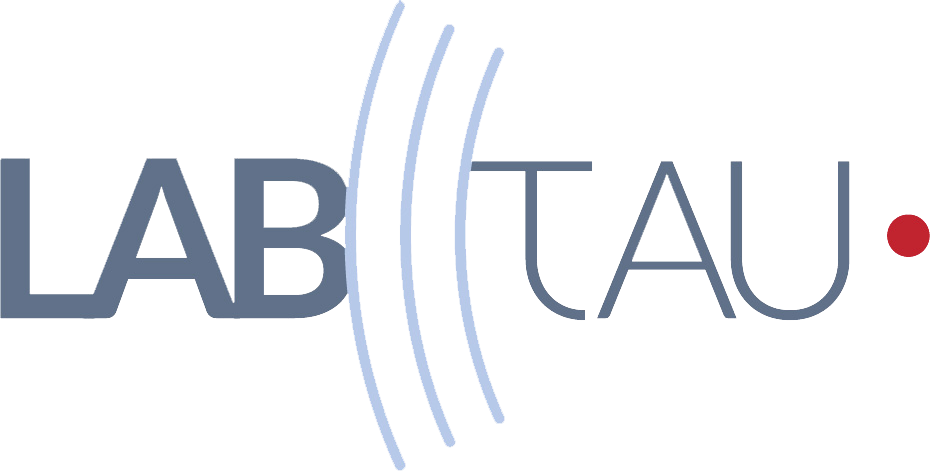Thesis by FAUCONNIER Maxime
Acoustofluidics of nonspherical microbubbles: physics and mechanical interaction with biological cells
Defended on 19 november 2021
It is widely accepted that, ultrasound contrast agents used as acoustic resonators help in enhancing the delivery of genes and drugs into biological cells. Employed as mechanical transducers, their energy allows to locally permeabilize cell membranes through a process called sonoporation. Because of its stochastic, complex and rapidly-evolving behaviour, the motion of thousands of oscillating microbubbles interacting with as many cells is a phenomenon hard to capture and predict. This is why several experimental studies investigate sonoporation either post-ultrasound exposure especially by flow cytometry measurement and scanning electron microscopy either during ultrasound exposure with the internalization of fluorescent dyes or by patch-clamp techniques that allow the monitoring of abnormal changes in the transmembrane current. In such works where the microbubbles are clearly identified as main actor in the sonoporation, their time-resolved dynamics is left to the side, while it might actually play an important role. Two distinct mechanisms caused by the bubble oscillation may be responsible for sonoporation. First, the direct deformation of the cell by the oscillating bubble, occurring at the acoustic time scale, may create pores in the membrane, when sufficiently stretched. Second, due to a nonlinear response at high pressure, the surrounding fluid may be subject to microstreaming, occurring at a slower time scale, which is likely to generate shear stresses on the cell membrane. In order to enhance these two acoustofluidics mechanisms and hopefully the cell sonoporation, large-amplitude bubble oscillations are required. However, because violent bubble oscillations – possibly their collapse – can lead to cells death instead of cells poration, reaching high-amplitude oscillations of stable microbubbles is crucial. Such large dynamics involve the appearance of nonspherical bubble deformations. With the view to study these nonspherical bubble shape modes, their physics and their possible action on a nearby biological cell, this thesis work presents an experimental work in three stages. First, the oscillatory dynamics of a single bubble attached to a wall is studied, in particular through the conditions for the emergence of its nonspherical modes. Second, the appearance of microstreaming induced by such a nonspherical bubble is analyzed on the basis of a quantitative description of its interface. Lastly, this knowledge acquired on an oscillating bubble is transposed to the configuration of a bubble-cell pair. The bubble-induced mechanical effects that apply on the cell are assessed at both the acoustic and the fluidic time scales.
Soutenue le 19 November 2021
Defended on 19 november 2021
It is widely accepted that, ultrasound contrast agents used as acoustic resonators help in enhancing the delivery of genes and drugs into biological cells. Employed as mechanical transducers, their energy allows to locally permeabilize cell membranes through a process called sonoporation. Because of its stochastic, complex and rapidly-evolving behaviour, the motion of thousands of oscillating microbubbles interacting with as many cells is a phenomenon hard to capture and predict. This is why several experimental studies investigate sonoporation either post-ultrasound exposure especially by flow cytometry measurement and scanning electron microscopy either during ultrasound exposure with the internalization of fluorescent dyes or by patch-clamp techniques that allow the monitoring of abnormal changes in the transmembrane current. In such works where the microbubbles are clearly identified as main actor in the sonoporation, their time-resolved dynamics is left to the side, while it might actually play an important role. Two distinct mechanisms caused by the bubble oscillation may be responsible for sonoporation. First, the direct deformation of the cell by the oscillating bubble, occurring at the acoustic time scale, may create pores in the membrane, when sufficiently stretched. Second, due to a nonlinear response at high pressure, the surrounding fluid may be subject to microstreaming, occurring at a slower time scale, which is likely to generate shear stresses on the cell membrane. In order to enhance these two acoustofluidics mechanisms and hopefully the cell sonoporation, large-amplitude bubble oscillations are required. However, because violent bubble oscillations – possibly their collapse – can lead to cells death instead of cells poration, reaching high-amplitude oscillations of stable microbubbles is crucial. Such large dynamics involve the appearance of nonspherical bubble deformations. With the view to study these nonspherical bubble shape modes, their physics and their possible action on a nearby biological cell, this thesis work presents an experimental work in three stages. First, the oscillatory dynamics of a single bubble attached to a wall is studied, in particular through the conditions for the emergence of its nonspherical modes. Second, the appearance of microstreaming induced by such a nonspherical bubble is analyzed on the basis of a quantitative description of its interface. Lastly, this knowledge acquired on an oscillating bubble is transposed to the configuration of a bubble-cell pair. The bubble-induced mechanical effects that apply on the cell are assessed at both the acoustic and the fluidic time scales.
Soutenue le 19 November 2021




